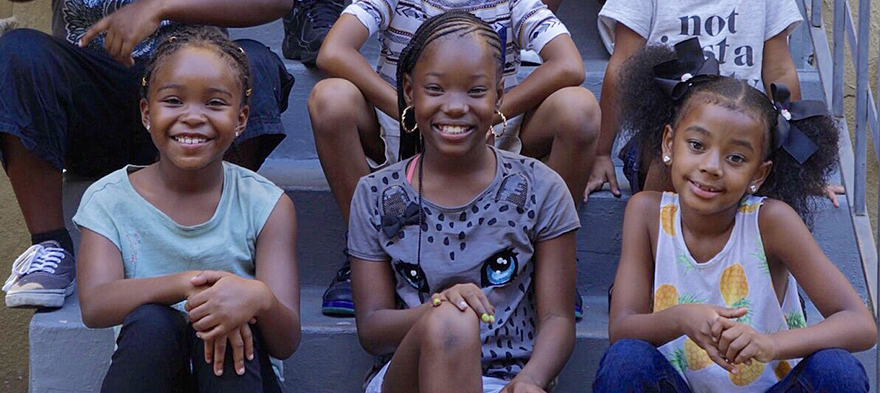
Feb 28, 2019 12:00:00 AM
Kathleen Hayes, Ed.D., has been around the k-12 education block, first as a Chicago high school English teacher and later in Chicago Public Schools central office and several education nonprofits and research organizations, working on policies related to teachers and teaching. She has happily landed in a teacher preparation program at a Chicago-based university and loves her work helping to develop and support practicing teachers as coaches and mentors of preservice teachers.
Few issues in education spark more tension and debate than standardized testing. Are they a tool for equity or a burden on students? A necessary check on school systems or a flawed measure of...
Charter schools are public schools with a purpose. Operating independently from traditional school districts, they're tuition-free, open to all students, and publicly funded—but with more flexibility...
Despite the benefits of a diverse teaching force, prospective teachers of color fall out of our leaky preparation pipeline at every stage: preparation, hiring, induction, and retention. Here’s what...
Ed Post is the flagship website platform of brightbeam, a 501(c3) network of education activists and influencers demanding a better education and a brighter future for every child.
© 2020-2025 brightbeam. All rights reserved.
Leave a Comment